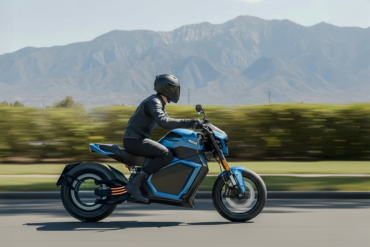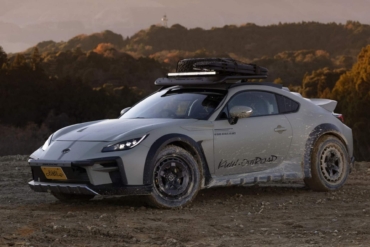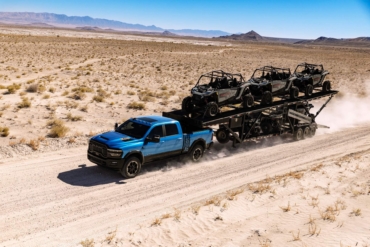Roof Racks add versatility and space to your rig. These tips will help you maximize your roof rack usage.

It’s common sense, but way too often overlooked: When outfitting a proper off-road overland vehicle be sure to keep the weight as low as possible. Proper roof racks are awesome for so many reasons, but you don’t need to fill them with gear all the time!
Roof Racks: Capacity And Limitations
You might be surprised that most modern sedans, wagons, SUV and crossovers only have a roof capacity of 165 pounds.

The lowest rated piece in your roof-rack system will be the max capacity of the system. Many times the max capacity is determined by the load rating of the roof itself. This can be found in the owner’s manual of your specific vehicle.
That should be more than enough for your weekend adventure gear hauling needs. But think hard when adding roof top tents or other heavy bulky loads.
The 165-pound weight limit is very common and applies to a moving load. When parked, the additional weight of humans and gear in a rooftop tent can be much higher. Refer to rooftop tent and rack manufacturers for more details.
Roof Rack Dos:
- Use proper Cam straps to secure your load
- Carry bulky gear that won’t fit in your vehicle
- Carry dirty gear, like firewood
- Use the locks on your rack accessories, as the locks are backup to the securing mechanism
Roof Rack Don’ts:
- Use bungee cords or twine to secure gear
- Overload the capacity of your rack system
- Leave gear or rack accessories on your vehicle when not in use, like that ski rack in the middle of the summer
When To Use Your Roof Rack
The main reason to have a burly roof rack is to haul bulky gear, like kayaks, bicycles, SUPs, surfboards, etc. Having a secure transport solution for our big gear is essential to the lifestyle.
Another great reason to have a roof rack is the proper mounting place they provide for a roof-top tent. Sleeping high atop our adventuremobile is good fun, as discussed here.
It does, however, add a lot of weight to the top of your vehicle, and can affect the way it performs.

Roof racks are also great places to transport things you might pick up along the way, like firewood for camp, or building supplies to dial in your garage adventure gear storage system.
Tip! For those with a tall vehicle (or short stature), consider bringing a small step-stool to more easily access your roof rack or set up a rooftop tent. A tough cooler also makes a solid step stool.
Big Loads, Big Problems
Weight on a roof rack makes a vehicle handle poorly, more likely to roll over, and reduces its fuel economy. In nearly all cases heavy, bulky things like oversized spare tires can find much better homes in or attached to your adventuremobile -not on top of the rack at its tallest point.

In the end, just be sure to secure your gear and keep as much of your vehicle load weight down low and centered. Your vehicle will be safer and way more fun to drive when you do.







